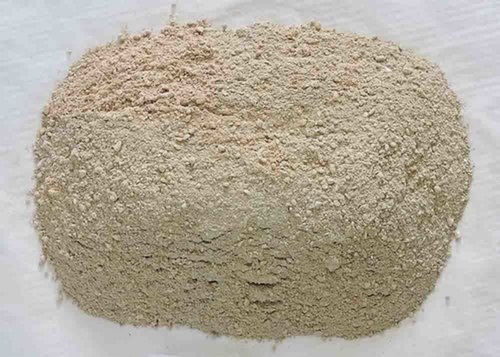The Role of Refractory Clay in the Steel and Metal Industry

Refractory clay is a fundamental material that plays a crucial role in the steel and metal industry. Its exceptional heat resistance and other unique properties make it an indispensable component for various processes involved in the production of steel and metals. In this article, we will delve into the significance of refractory clay and its versatile applications within the steel and metal industry. What is Refractory Clay? Refractory clay, also known as fire clay, is a type of clay with high alumina content and exceptional heat resistance properties. It is derived from naturally occurring clay deposits and has been utilized for centuries in various industrial applications due to its ability to withstand extremely high temperatures without deforming or melting. Properties of Refractory Clay Refractory clay boasts several key properties that make it ideal for applications in the steel and metal industry . Its high melting point, low thermal conductivity, and excellent...


